By Dan Heching, CNN
(CNN) — Somehow, the original “Queer Eye for the Straight Guy” premiered on Bravo two decades ago this month, presenting five gay men – each specializing in a specific lifestyle area – as they descended upon a (usually) heterosexual male subject in need of some support, whether it was with clothing choices, grooming, organization or perhaps an underlying issue around self confidence.
It was a novel take on the makeover concept, not only in terms of being one of the first monstrously successful programs in the then-nascent realm of reality TV, but also one of the first titles to feature not one – but five – gay people as the leads. (For context, it had only been five years since the sitcom “Ellen” got canceled, shortly after the main character played by Ellen DeGeneres came out as gay.)
“It was a a huge swing for them,” series creator and Scout Productions co-founder David Collins told CNN in an interview, referring to the executives at NBC Universal who had bought Bravo around that time, and who had put faith in the fledgling concept.
Needless to say, “QEFTSG” turned out to become a huge success, running for five seasons and winning the Primetime Emmy for outstanding reality program in 2004 – only the third such Emmy to be handed out at that time.
In the years since, the show gave way to over a dozen international versions, along with a successful, still-running reboot beginning in 2018 that has won several Emmys in its own right.
The original show’s lasting impact is still palpable for the people who produced it, both for those behind the camera, and well as the five “fab” gentlemen who were front and center – Carson Kressley (fashion specialist), Jai Rodriquez (culture maven), Thom Filicia (interior design guru), Ted Allen (food and wine expert) and Kyan Douglas (groomer extraordinaire).
“People do stop you to this day and say things like, ‘Because of you, it was safe to come out,’ or ‘I felt seen,’” Rodriquez remarked.
Kressley agreed, saying, “We meet people all the time who are probably in their thirties now, who say, ‘I came from a very conservative family, we were very religious, “Gay” was not something that was ever spoken about in our home, and your show allowed us to at least have that conversation, if not make it easier for me to come out.’”
He added that of course, it isn’t only gay people who approach them with inspirational messages, and that at the time the original show aired, the cast saw how their visibility as gay people within a larger straight world was being received firsthand.
“For many people, we were the first real, live, real life gay people that they actually encountered,” Kressley observed. “I would go on a plane, and someone would say, ‘Oh, my gosh! I love your show. You’re the first gay person I met!’”
“And I was like, ‘Wait, have you never had highlights? What?!’” he added jokingly. “Of course you’ve encountered gay people!”
How it began

Courtesy Michael Collins/Scout Productions
Like many things that become game-changers in the world of pop culture, “QEFTSG” came about almost accidentally, and on something of a whim.
A year or two before the premiere of the groundbreaking series, Collins was at an art gallery with friends including Michael Williams – who would later become his producing partner – in Boston, and they heard a woman in the throes of admonishing her husband for being a slob.
“You could have heard a pin drop,” Collins recalled, going on to say how he and his friends, “three unbelievably coiffed, perfectly manicured men with champagne flutes in hand, came running across the room and surrounded the husband, and pushed the wife off to the side.”
Collins continued to say that they “started fixing his hair and tucking in his shirt and shining his shoes, and all the while really just lifting him up, and giving him confidence.”
“The whole room had stopped and was watching this happen,” Collins added. “Without thinking twice I turned to Michael, looked at him and said, ‘Did you see that?! That was like queer eye for the straight guy!”
Collins credits Williams with taking that inkling of an idea and running with it.
“I was with David on that fateful day. We did independent features, we were a production services company in Boston, and after 9/11, everything stopped, everything completely stopped,” Williams recalled of the time. He added that with all projects canceled, he was thinking about going into the party-planning business when Collins suggested they take advantage of the new trend and start brainstorming a reality television concept.
“And of course as luck would have it, ‘Queer Eye’ was our very first attempt at a reality show,” he added.
Fast forward a year or two later, and the series premiered on Bravo, with the first formulation of the Fab Five dispatched to help a struggling “straight guy” clean up his act.
Suddenly, they were a hit
Once some adjustments were made (Rodriguez, for instance, was not part of the pilot but was brought on soon after) and production began on the show’s first season, the men who would later and forevermore be referred to as the official Fab Five didn’t know how much of a hit they had on their hands until the train had very much left the station.
Filicia – who told CNN that his gig on “QEFTSG” resulted from getting stuck in an elevator with someone who eventually sent him the audition opportunity – said he was surprised at first by the show’s success.
“We didn’t know what it was going to be, because when you’re shooting it, and you’re not a television person, it’s hard to understand how it can translate,” he said.
“I think one of the interesting things about our journey was that when we did it, I don’t think any of us were thinking of it being anything more than like a fun thing to do that would be sort of an interesting little niche thing that a lot of people wouldn’t know about.”
Rodriguez concurred, saying, “I remember shooting it, and I don’t think any of us thought it was going to be anything big, until it was.”
And big it certainly became, taking the fledgling reality world by storm, with a media blitz that wowed both the producers and the Fab Five themselves.
“We were immediately put into media training,” Filicia recalled. “We were sat down and told, ‘You’ve got to clear your schedule for the next eight weeks, and we’re going to do Oprah, we’re going to do Barbara Walters, we’re going to do ‘The Tonight Show’… and we were just like, ‘Wait, what?!’”
“I think we did a great job, considering it was 20 years ago, (and) we didn’t really know what we were doing, and we were all basically newbies to television,” Kressley remarked. “I’m still very, very proud of of the show.”
The authenticity was part of the charm

The original “QEFTSG” struck viewers more deeply than they anticipated.
“We didn’t know we were making an emotional show. We thought we were making a comedy,” Rodriguez said. He described how the deep connections the Fab Five made with their subjects – so moved and affected by how they were helped over the course of each of their episodes – at first surprised them, partially because establishing a meaningful bond wasn’t even part of their initial intention.
“We discovered that there was a lot of heart and emotion in the show as it went along. I think that was the power of it – we didn’t come in with any agenda or anything else.”
Naturally, that unintended effect gave the show gravitas, and by extension, it became part of the cultural zeitgeist. And anything gay in the zeitgeist has the potential to become politicized, then and now.
“I don’t think the show really had a political agenda when it first came out,” Kressley said. “I mean, I know certainly my agenda was just to get rid of pleated khakis, and mullets,” he joked.
“But I think there’s such power in visibility,” he added. “And we were a very innocuous group of five gay men helping a straight guy try to get the job, or the look, or the girl.”
“What was really great about it was that it was completely organic,” Filicia said. “I’m happy to know that it was all done authentically, (that) we were all there because we thought this little nugget could make a little bit of a dent into the world, and hopefully make the journey a little bit more pleasant and interesting for everybody.”
“I think it forced people to see that it’s not scary or intimidating to invite queer folks into your homes,” Rodriguez said. “And I think the one thing I miss is the bonds and the relationships that we formed with so many families, (with) whom you really do three days of work and change their lives hopefully for the better for a long time, and that was really moving to be able to to do that.”
‘Bigger and louder and stronger’
Looking back at the initial show through the prism of 2023 could be a little disheartening, however, given the current wave of anti-LGBTQ+ legislation in many parts of the country.
“It’s the same language that haters have been using since the Anita Bryant days and before,” Rodriguez observed. “But someone told me that it’s like a slingshot. You gotta pull back, and it’s going to seem like you’re going backwards, to then inevitably propel forward with a lot of great force.”
“All of a sudden the other group became louder. It’s not that they’re bigger, they just became louder,” said Rob Eric, “Queer Eye” executive producer and longtime associate and friend of Collins and Williams. “And so for us, as a community, we need to now raise our voices back up again, which is why shows like ‘Queer Eye’ and ‘RuPaul’s Drag Race’ need to be bigger and louder and stronger and more in your face, because we’re not going anywhere just because you got louder. We’ve made too much progress at too much blood and sweat and tears.”
“The thing that does give me a lot of hope is the younger generation are just no longer in line with some of the hateful rhetoric that politicians say. It’s just not where the country is at,” Rodriguez said. “I always tell people, especially now at Pride, that it’s very easy to feel oppressed and to feel the heavy weight of what is really going on. But at the end of the day, it’s these moments, there’s so many, there’s so much more of a sense of community because of the connectivity that we have.”
That, in particular, is what “QEFTSG” showcased and celebrated – the person-to-person connections that exist outside of larger cultural, societal or political shifts or trends, connections that showed and celebrated, in the case of the show, just some of the ways in which LGBTQ+ people can contribute.
And for those who criticized the original series for reinforcing stereotypes by having a gay fashionista or beauty expert swoop in to tidy things up, Collins credits his resident foodie Allen for a memorable moment at the show’s first NBC upfront in Los Angeles back in 2003, when he faced a slew of reporters and had the perfect retort.
“Ted finally grabbed it, really grabbed a hold of the answer, which was like, ‘Yeah, we are, as a matter of fact, owning the cliches around the fact that gays have a different perspective, have a unique vision and perspective of a lot of different things. And we’re just now sharing that with you.’ And he shut the audience down.”
What’s next for the OG Fab Five?

Courtesy of Netflix
While the quintet are now busy with a range of individual projects, they remain in touch and referenced an active group messaging thread. They’ve also enjoyed seeing the legacy they’ve created evolve and grow to new heights with Netflix’s gender-neutral and more succinctly titled “Queer Eye” – which wrapped its seventh season earlier this year.
“The new ‘Queer Eye’ wouldn’t happen without these guys,” Collins said. “The new guys stand on the shoulders, on the backs of the original Fab Five.”
“I’m very proud that a brand that we helped launch and create has been able to stand the test of time and be successful again with an amazing new cast,” Kressley added, continuing to say that “it was perfect timing to have the brand resurface and remind people that we have something amazing to give to people, and to have us out there on the forefront and be visible on a medium like Netflix.”
But don’t count out the original guys just yet. During his chat with CNN, Kressley teased a reunion tour for the OG Fab Five of sorts, saying, “We have talked about doing like a little live in-person show, a little tour, and we’ve had several offers, actually.”
“Whatever the lightning in a bottle was that we had, that was not planned or orchestrated, you cannot manufacture,” Rodriguez said. “And oddly, it comes back like no time has passed.”
“I’d love to capture that again on the right project, and I think the world needs us.”
The-CNN-Wire
™ & © 2023 Cable News Network, Inc., a Warner Bros. Discovery Company. All rights reserved.
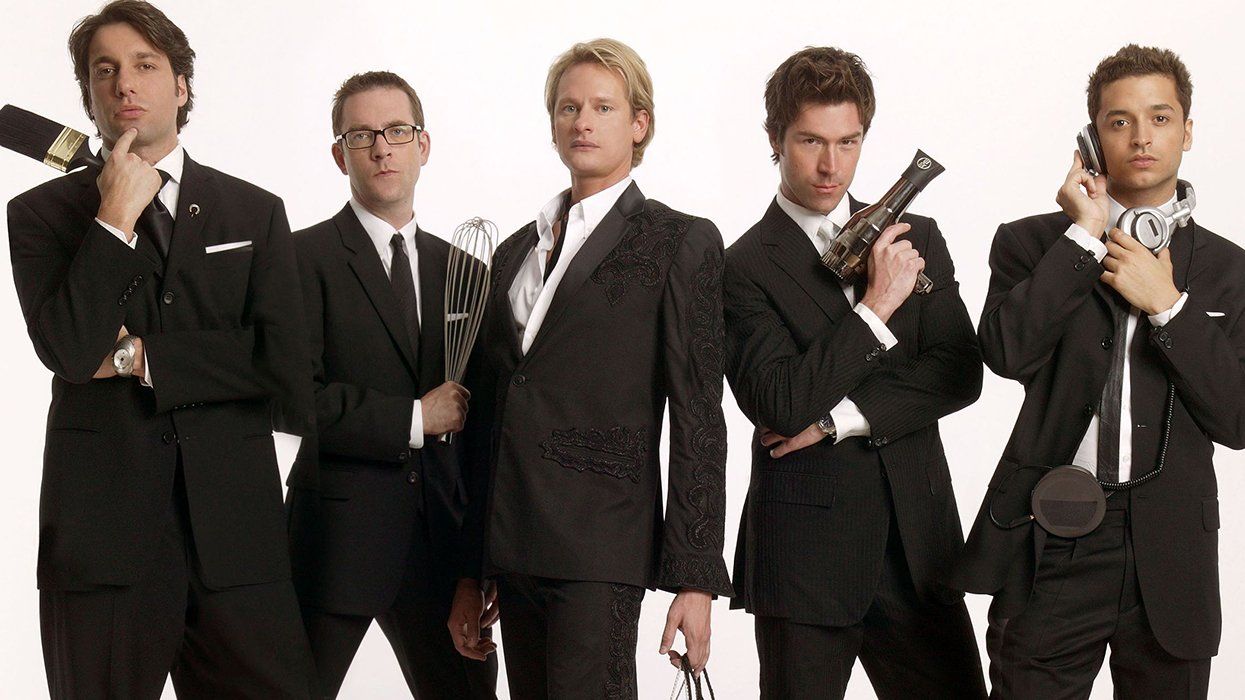



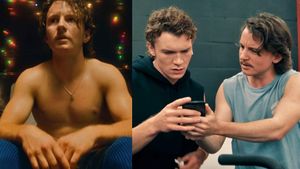


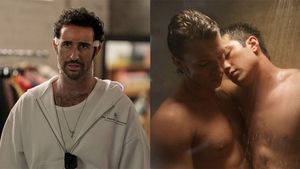

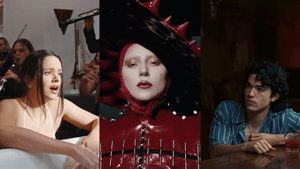
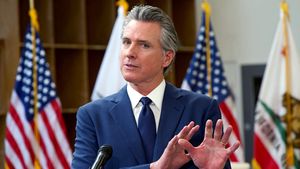

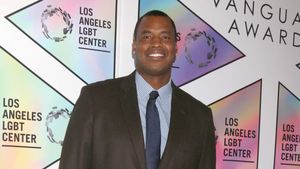
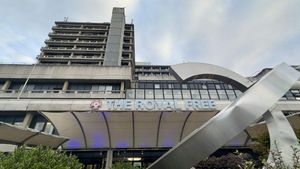
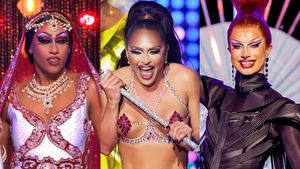
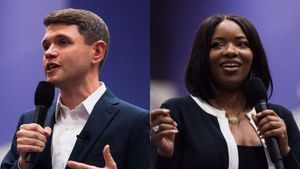
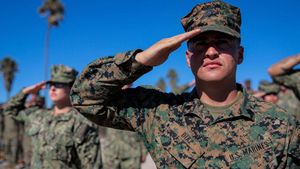
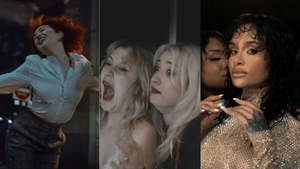

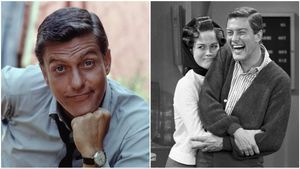

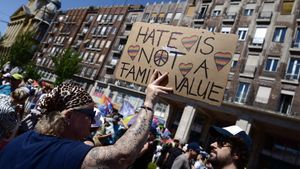






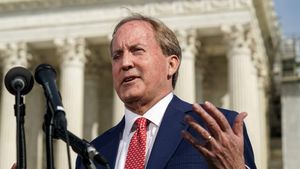



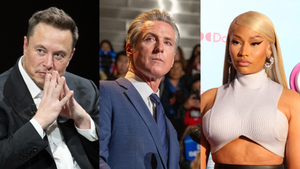

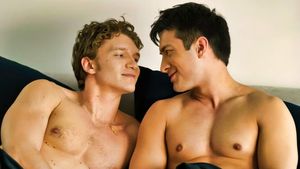

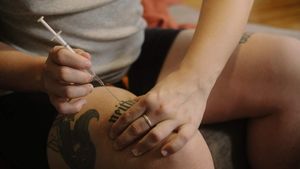
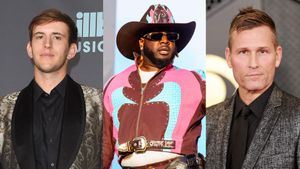


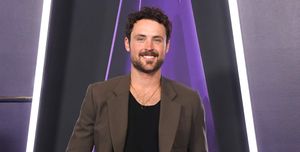




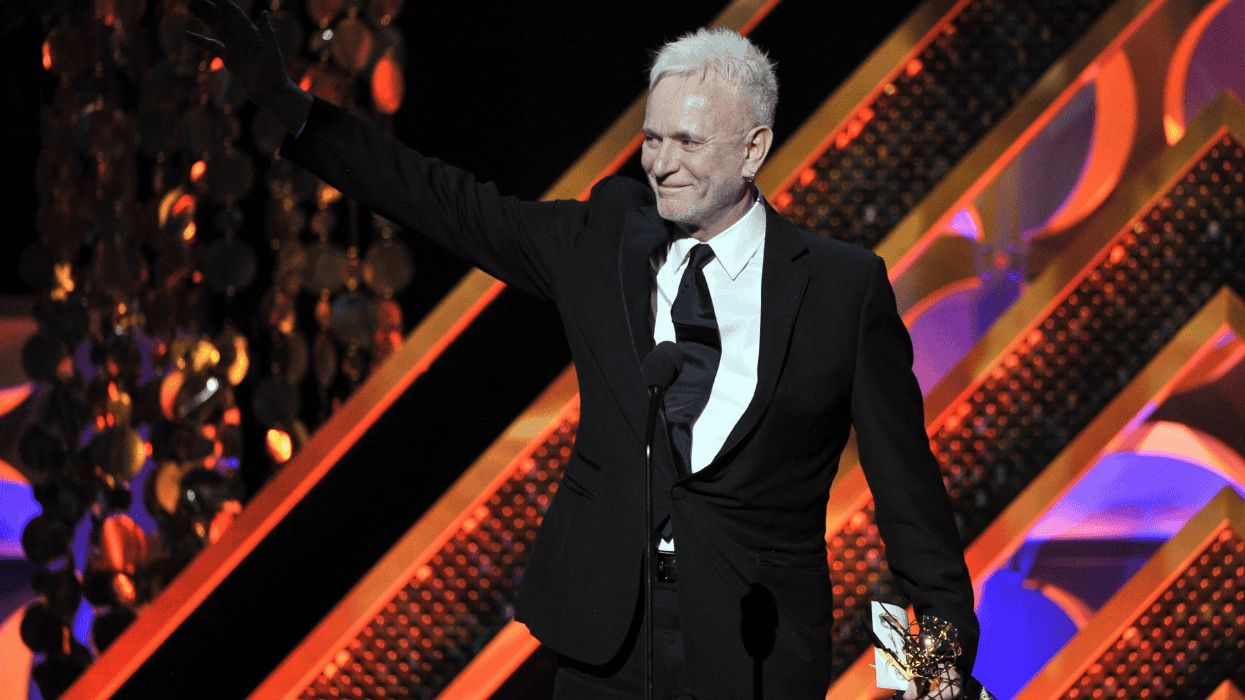
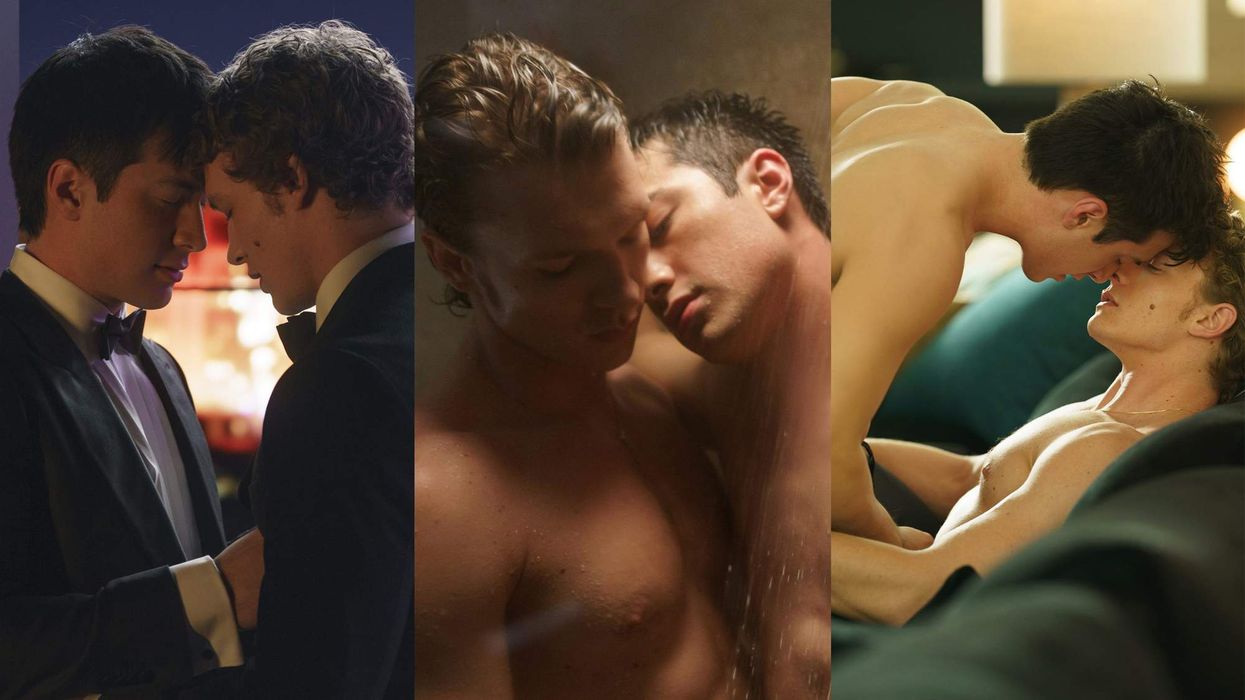
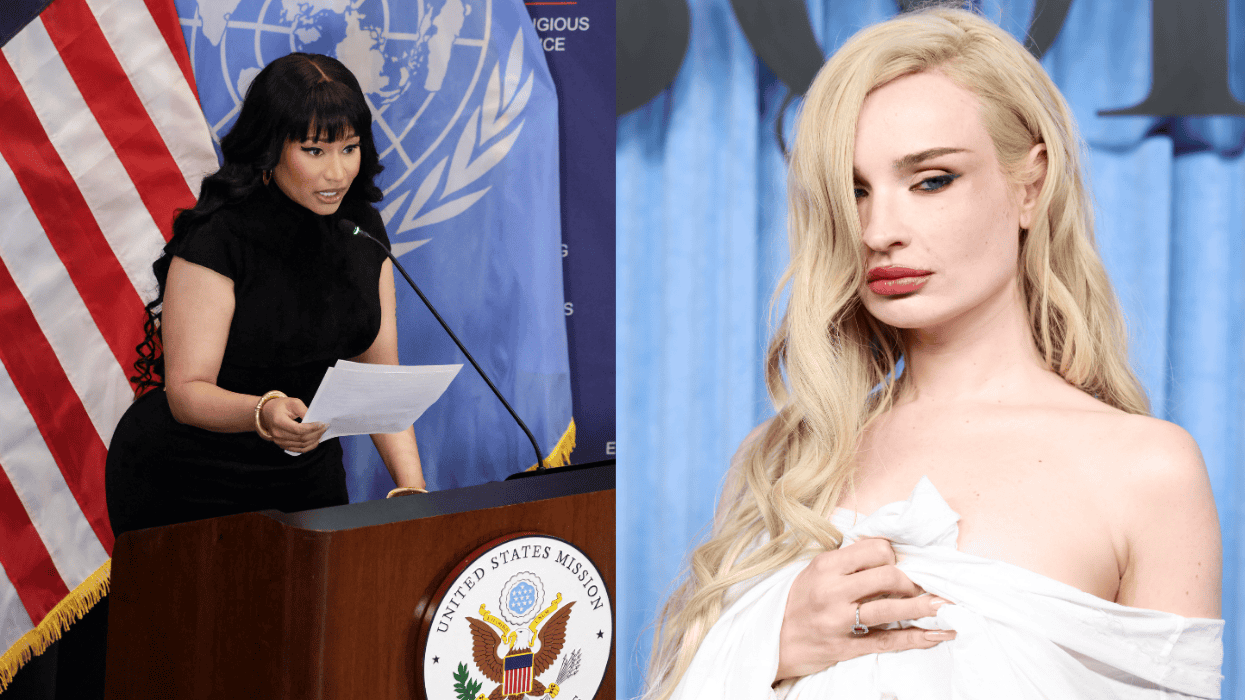
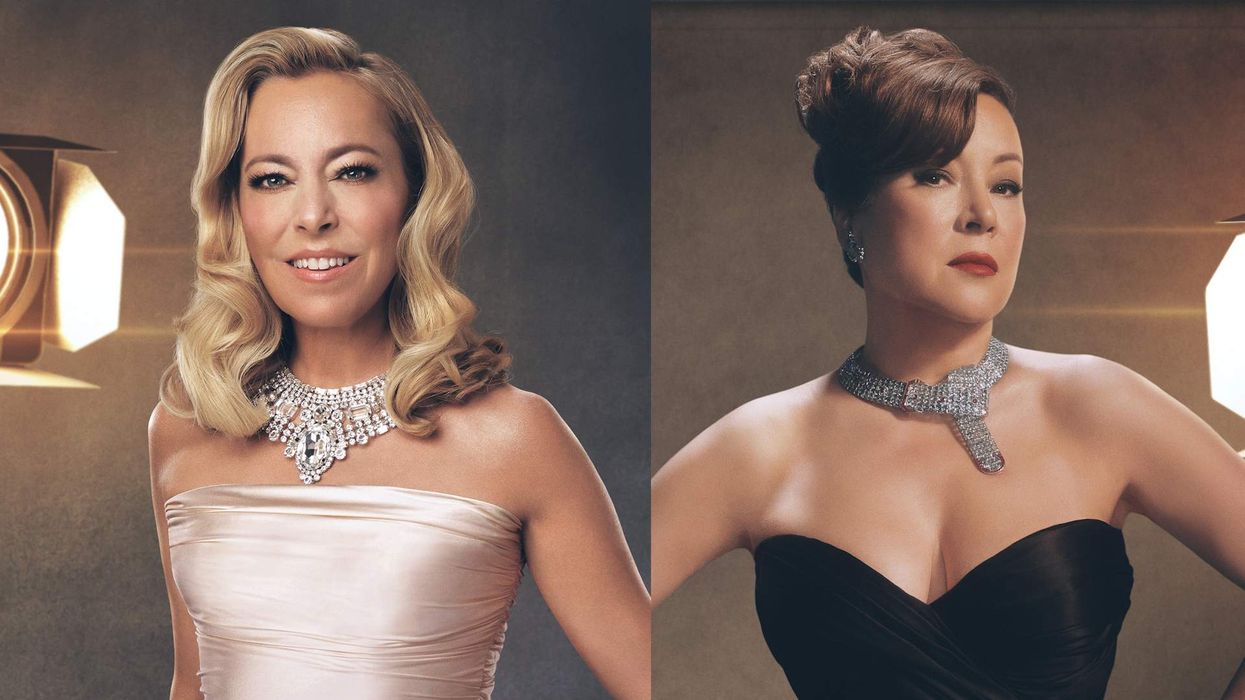
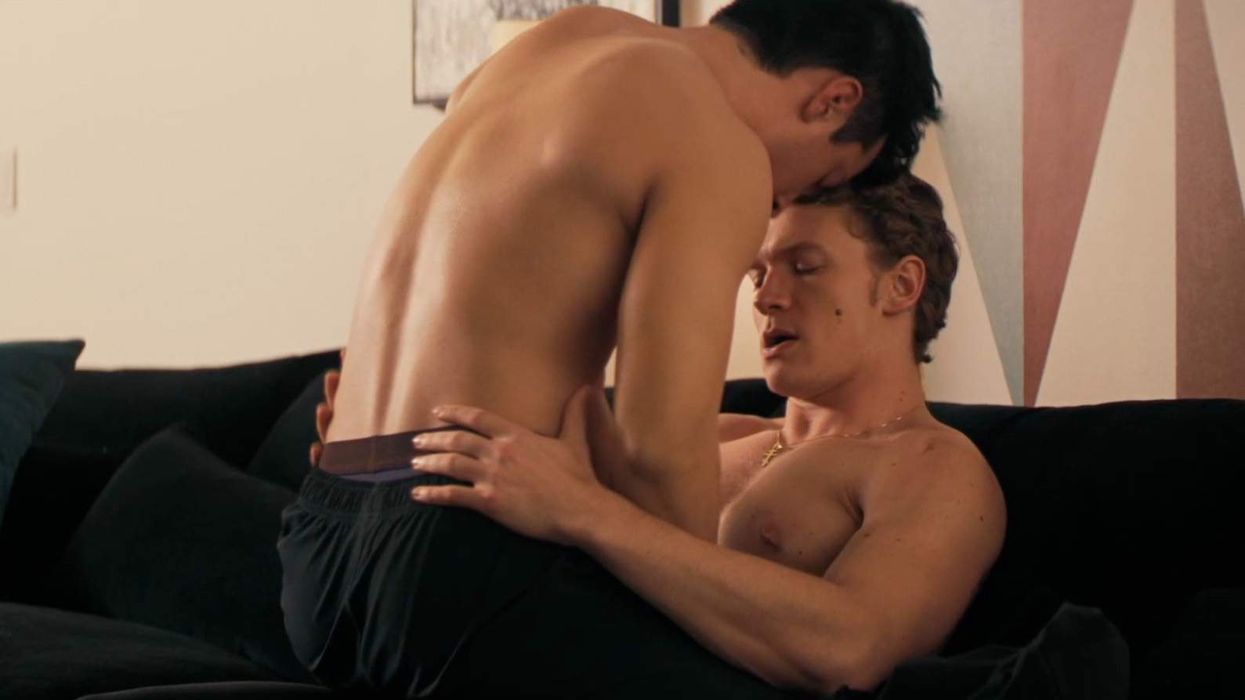
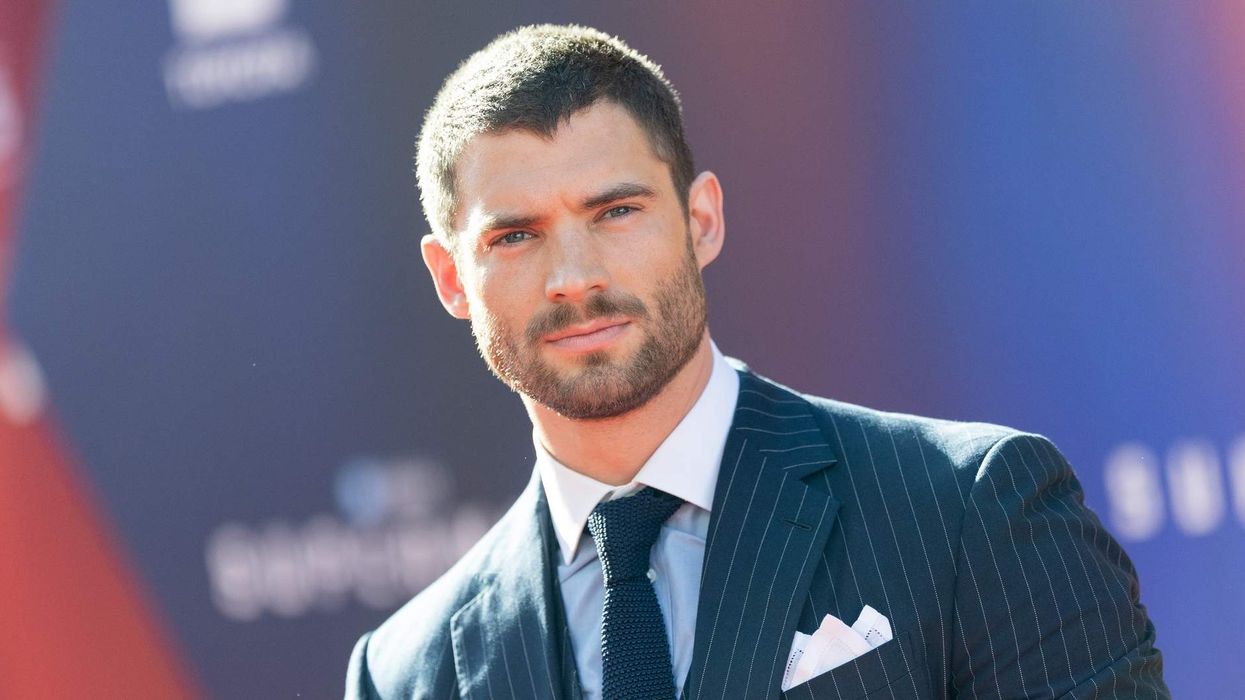

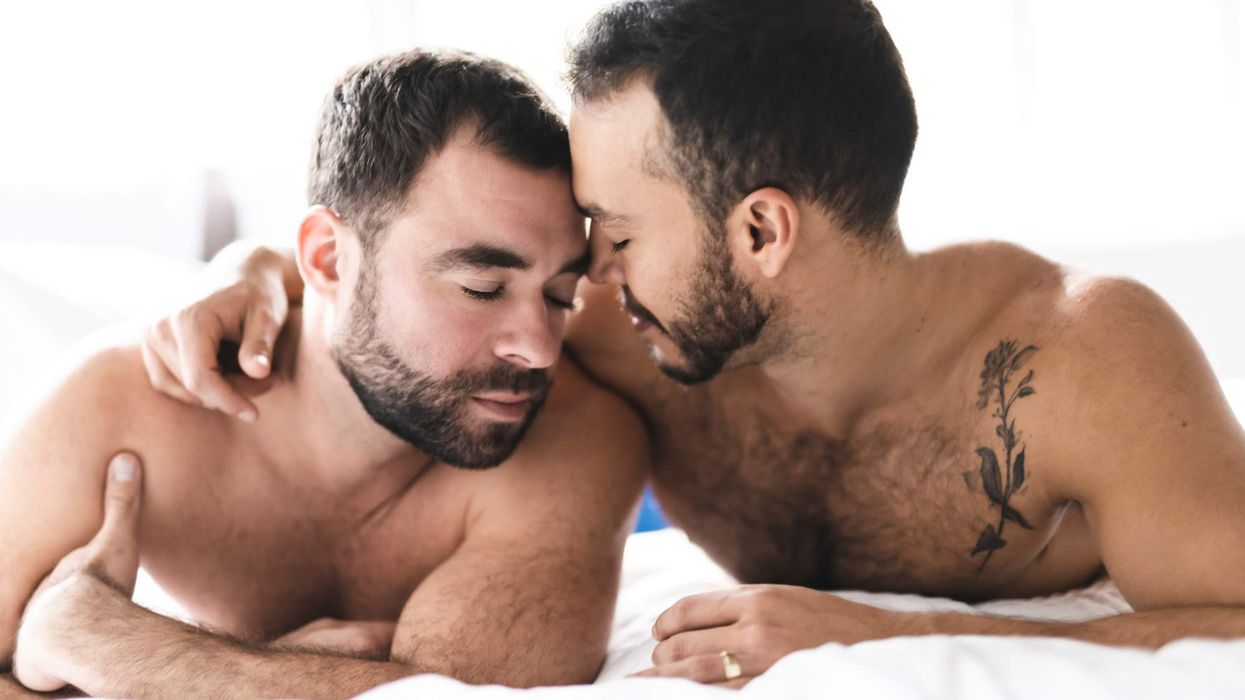
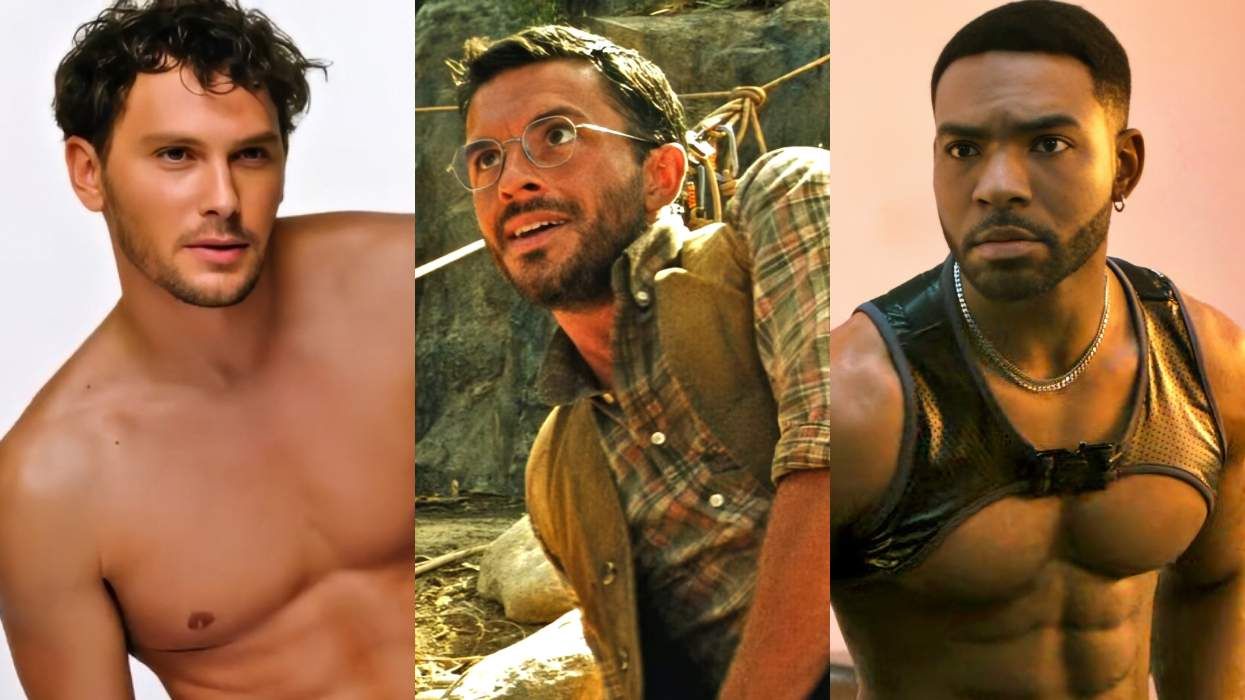
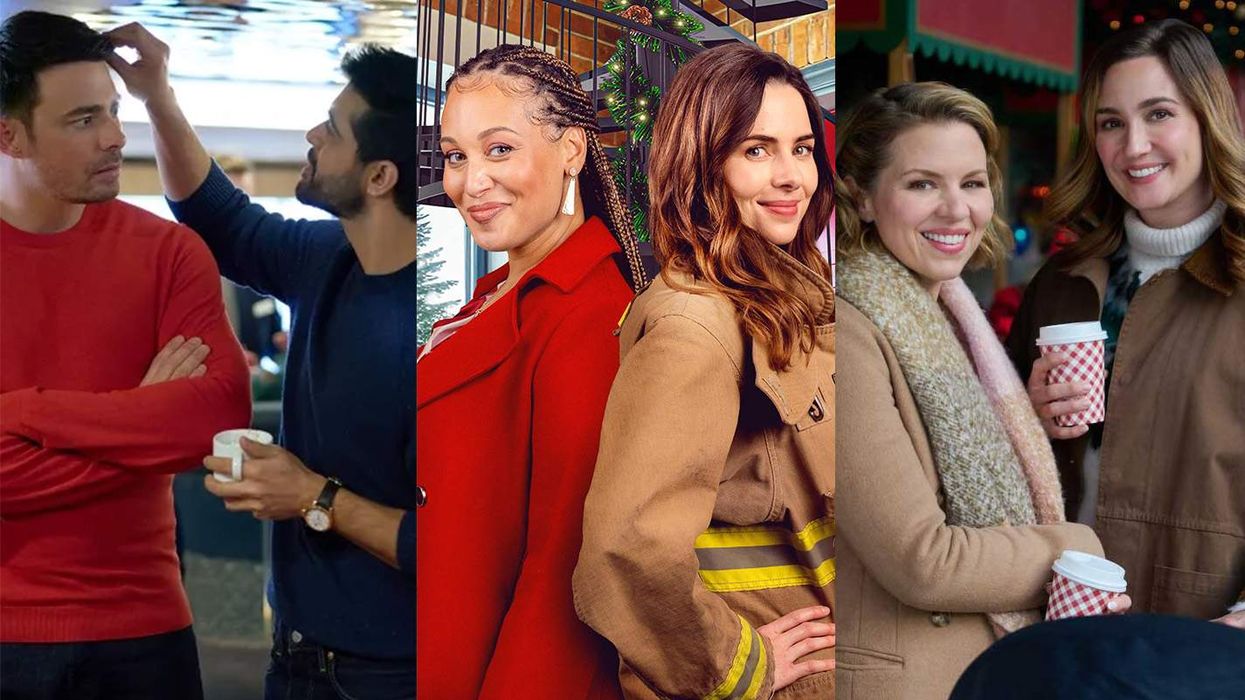
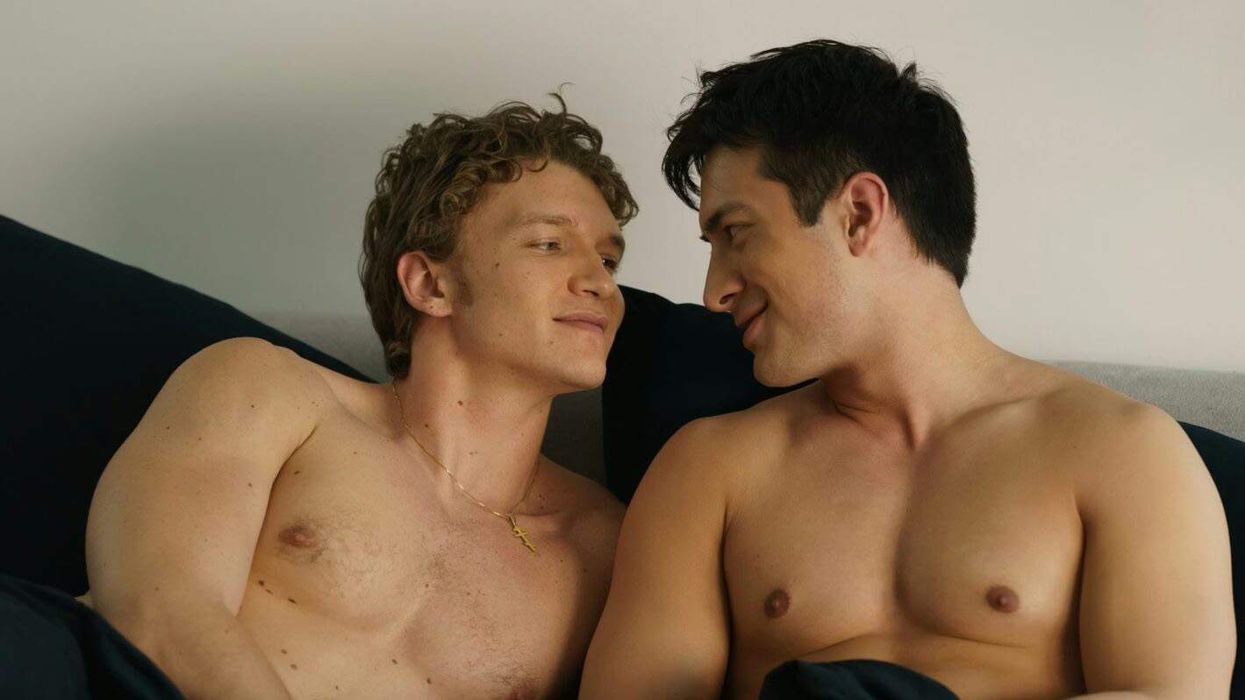
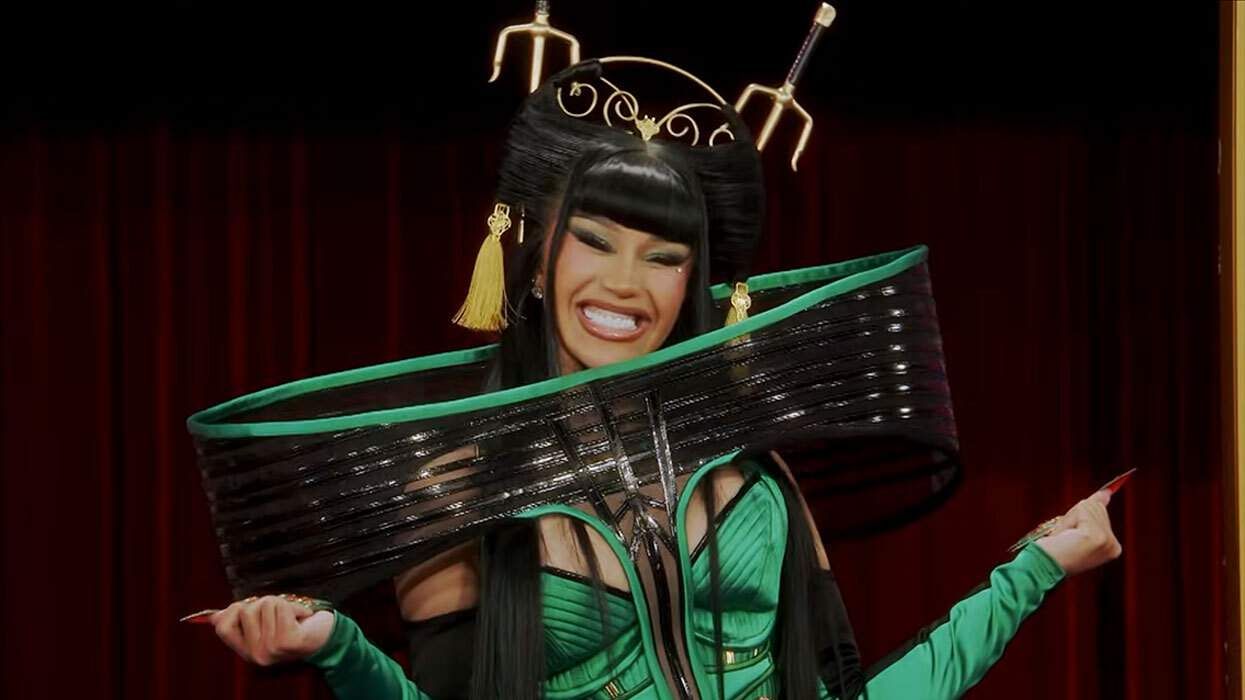
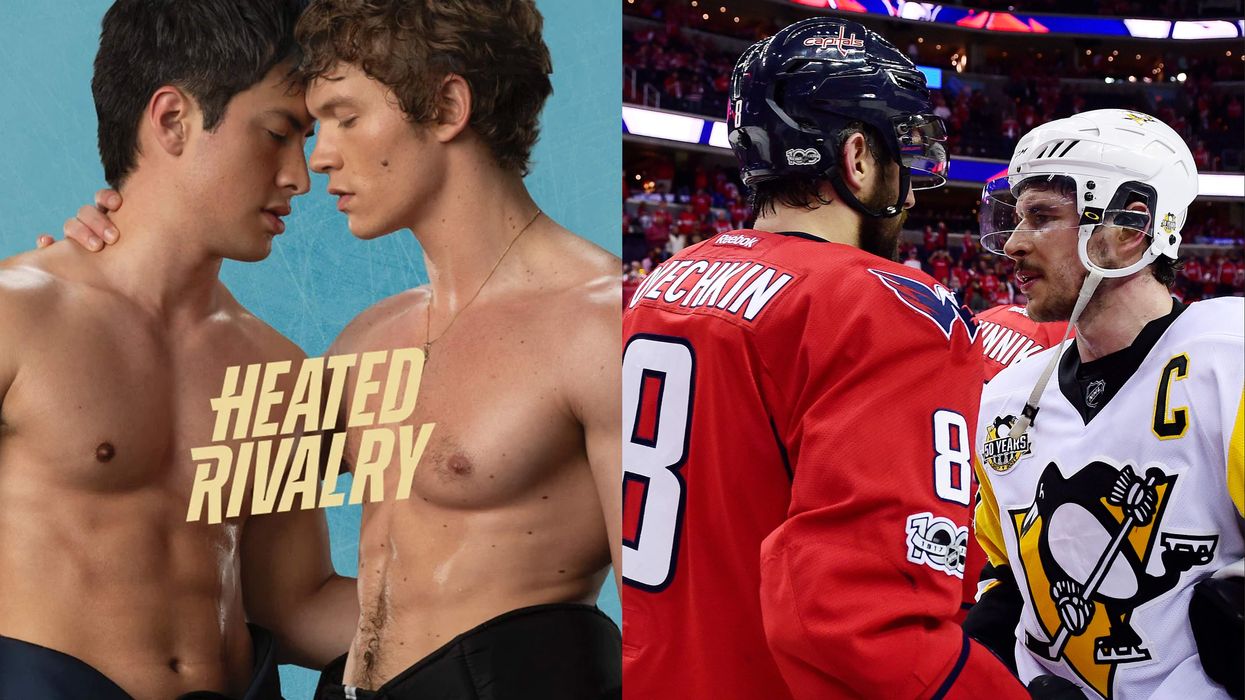
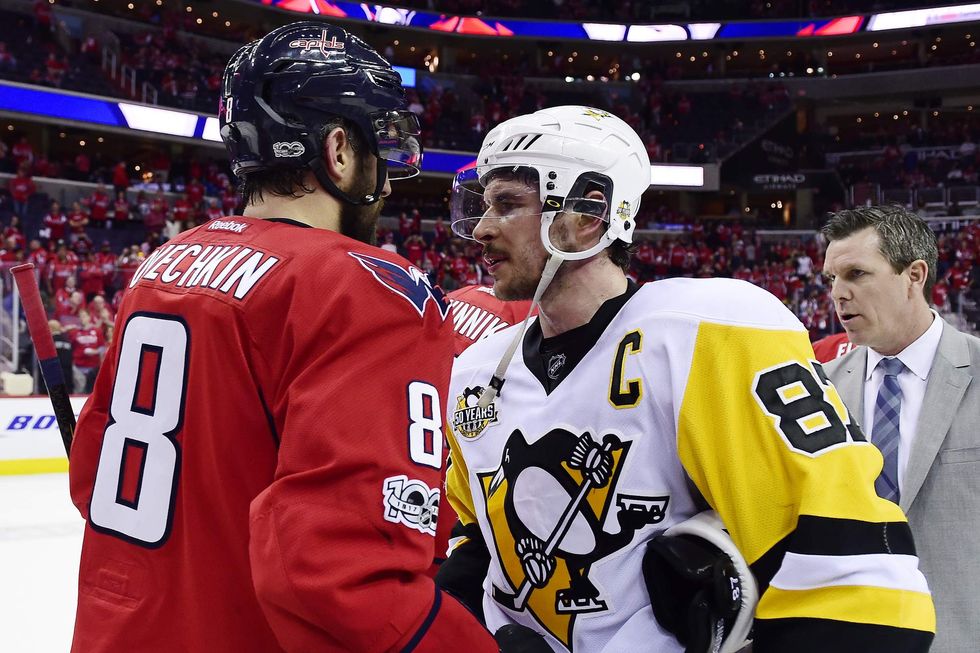
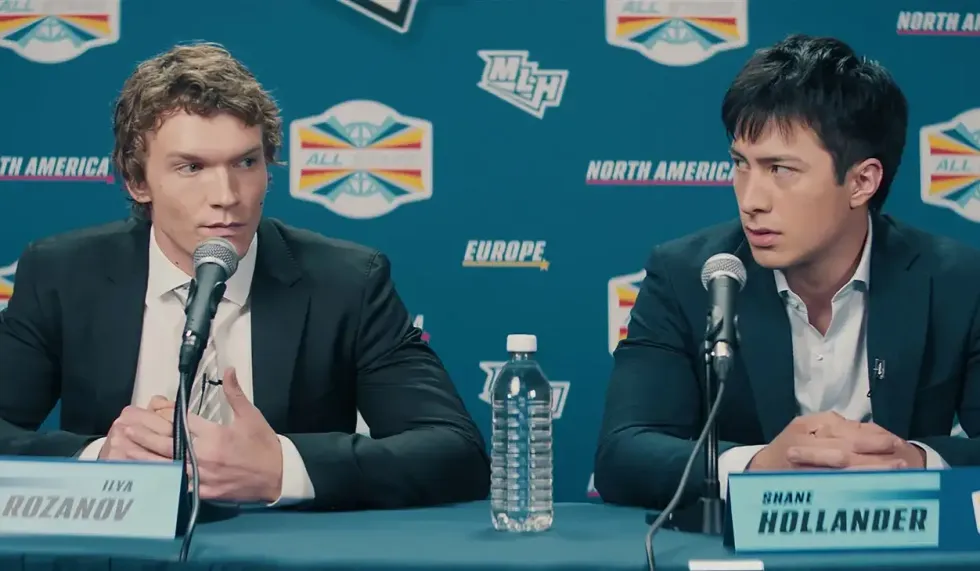
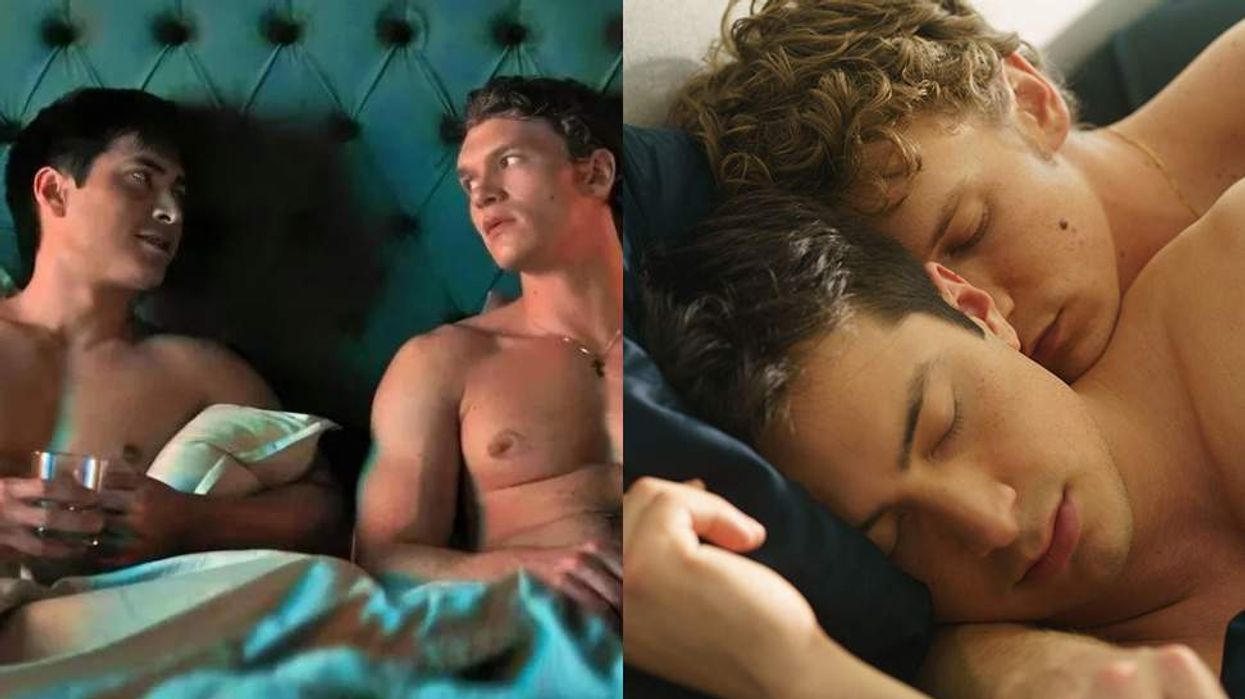

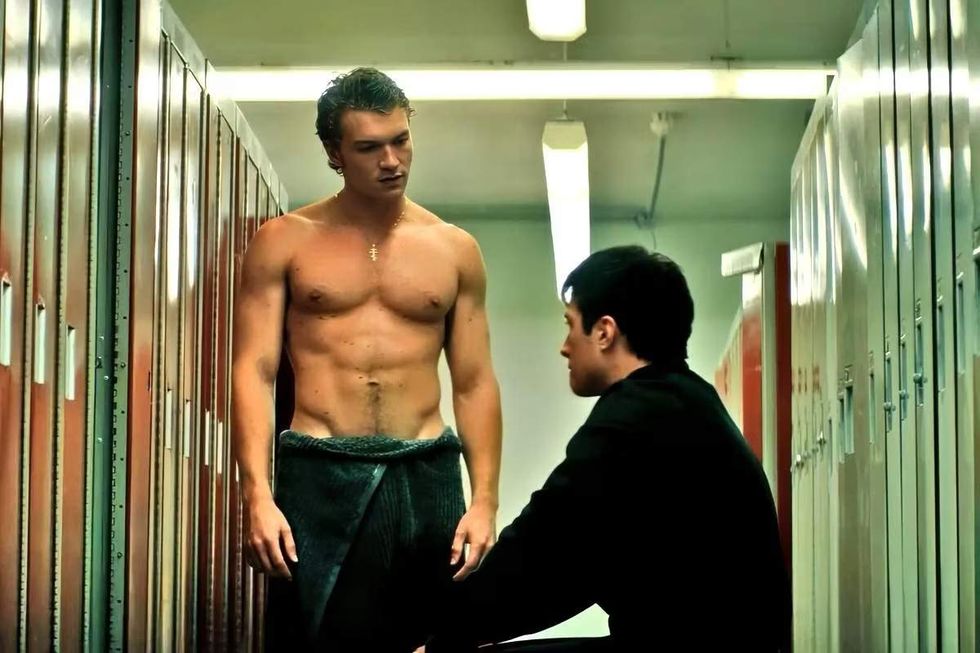

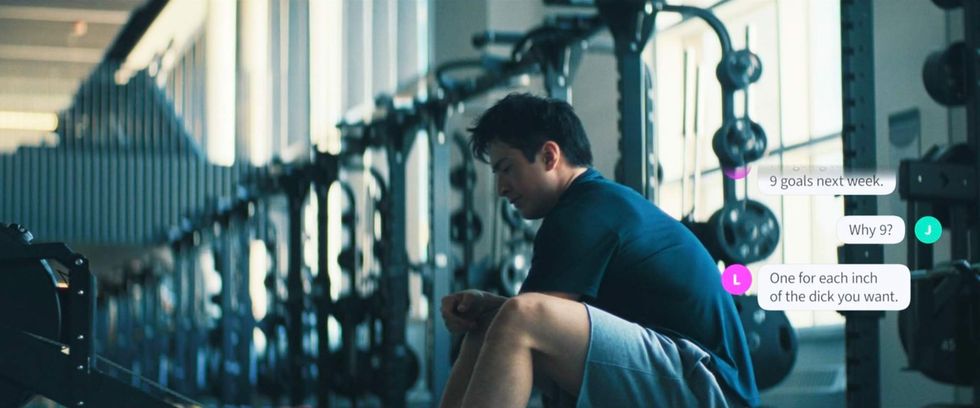
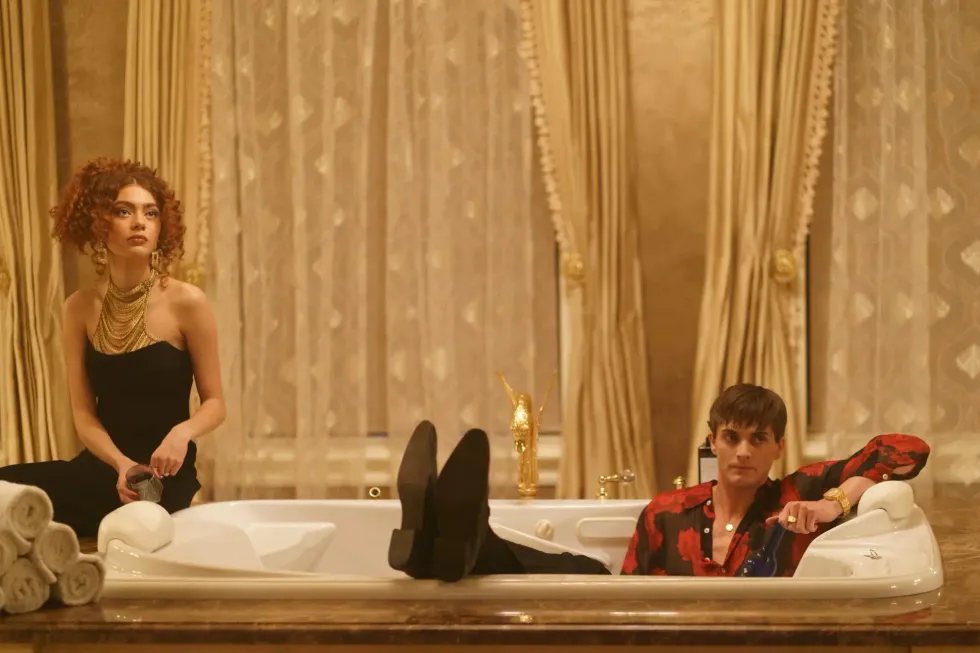
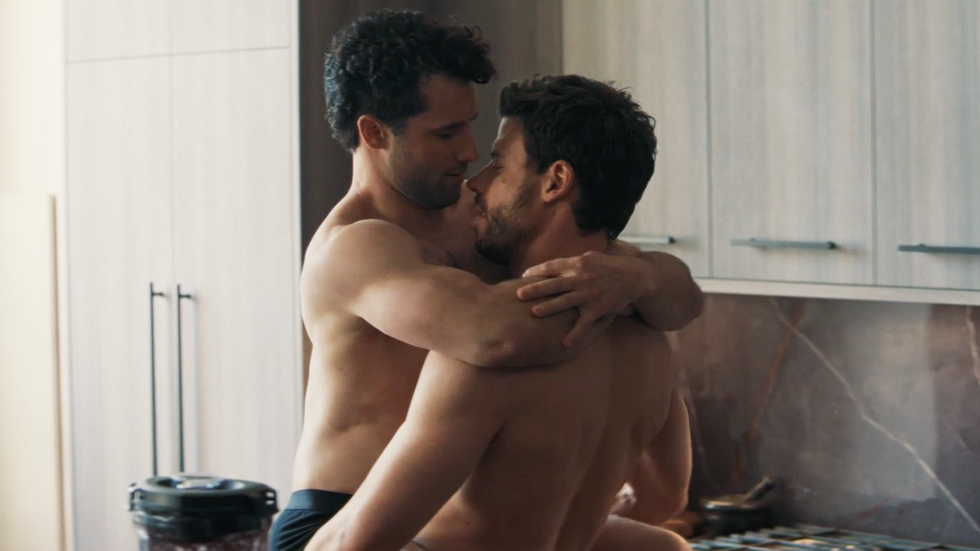
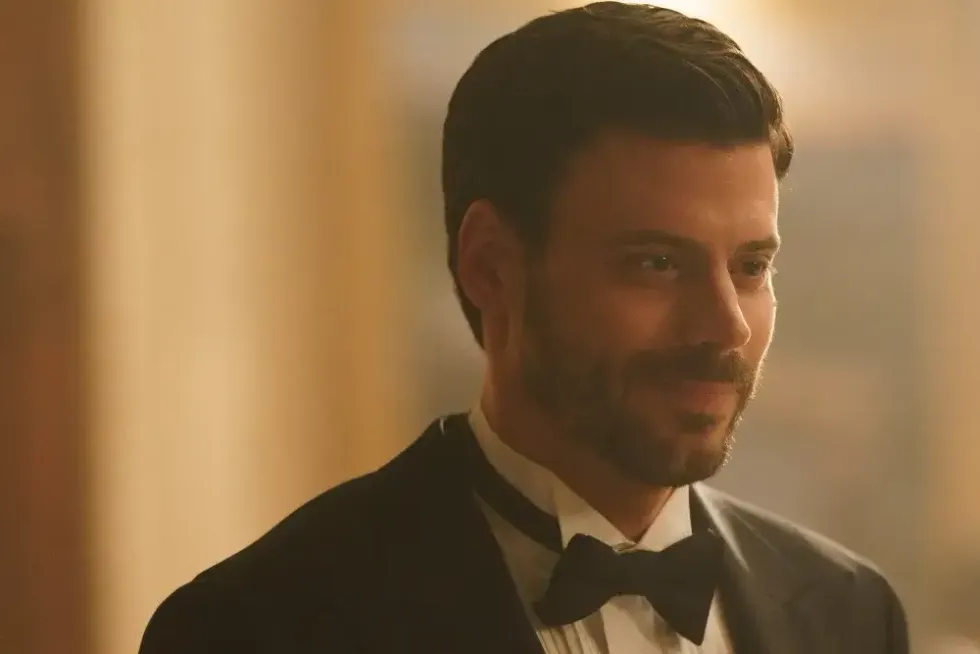
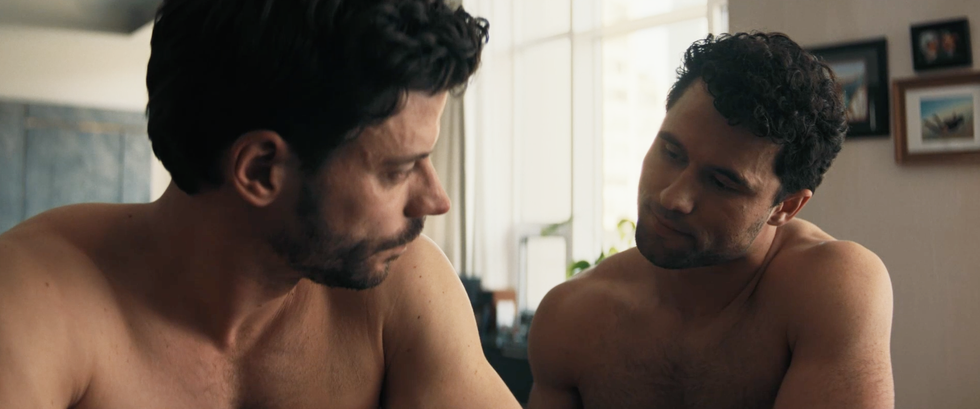
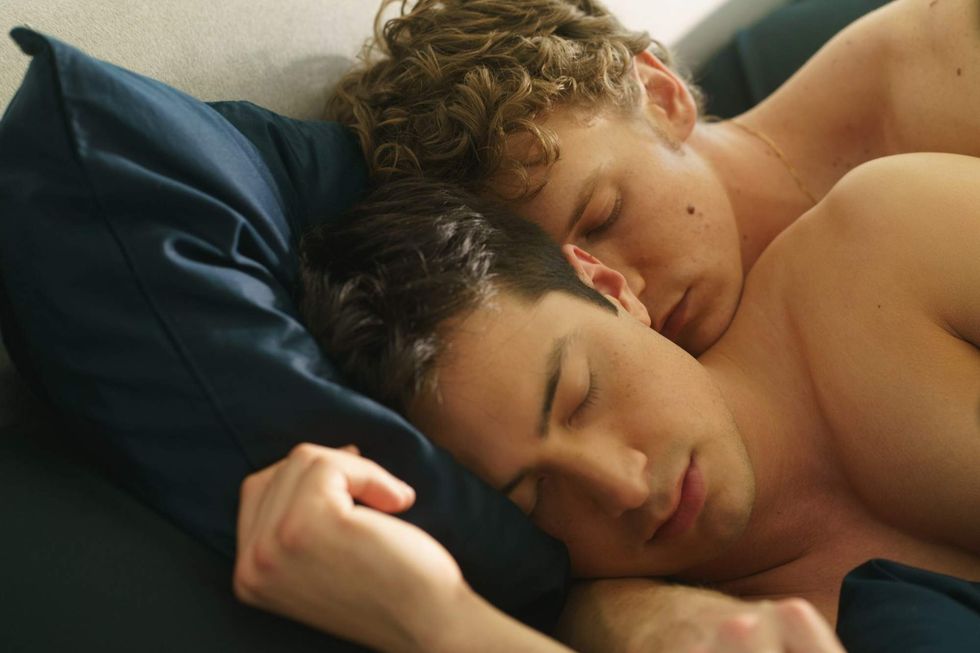
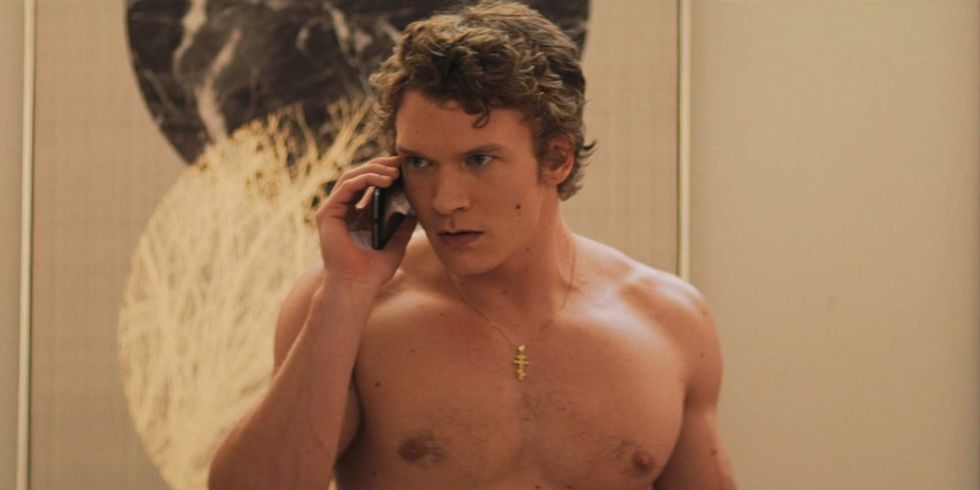
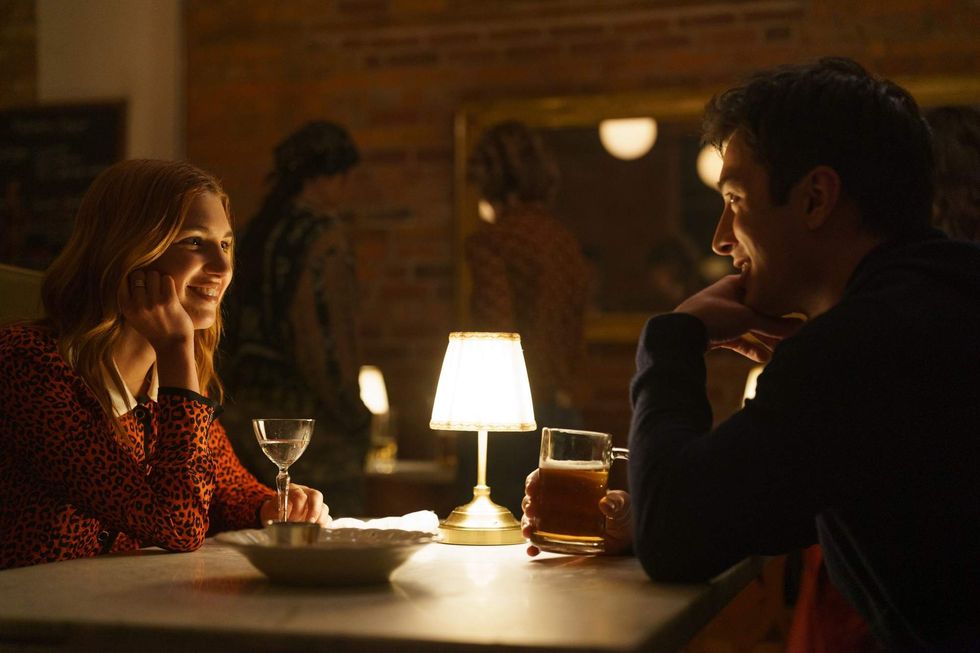
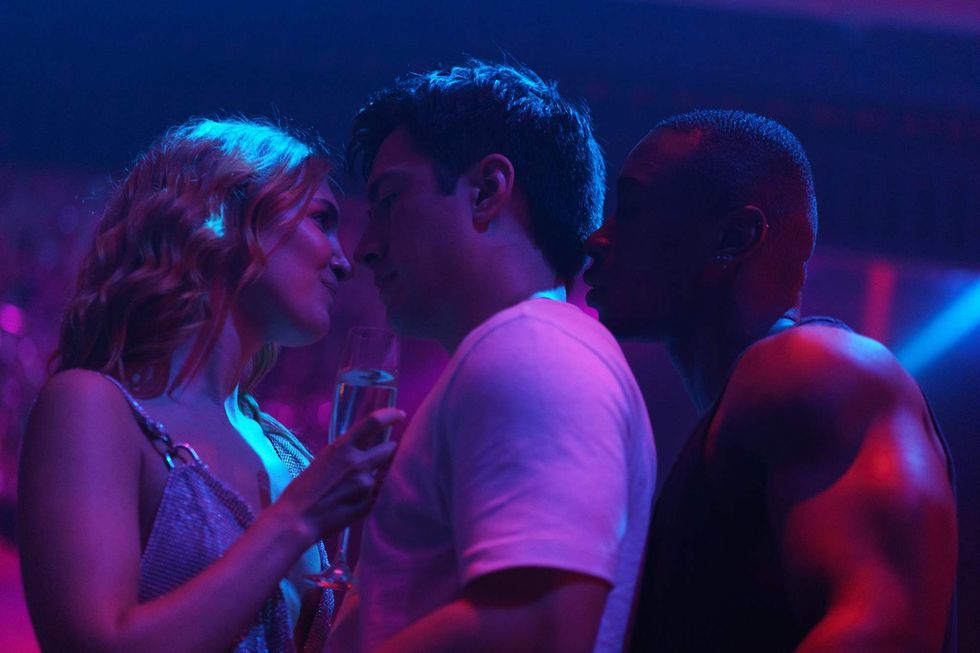 Shane dancing with Rose and Miles in 'Heated Rivalry.'Crave Canada
Shane dancing with Rose and Miles in 'Heated Rivalry.'Crave Canada